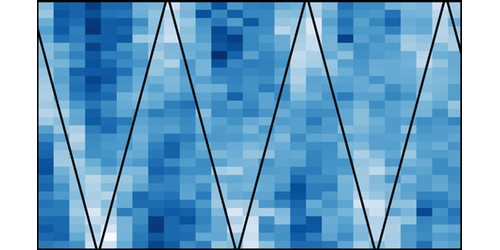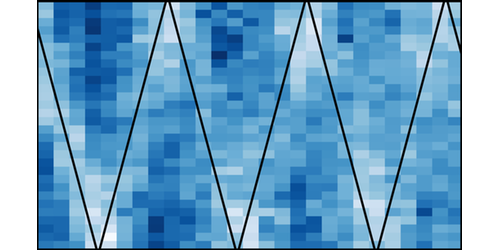Sound Propagates in a 2D Bose Gas Despite Lack of Collisions
Sound typically propagates through a medium via collisions between atoms. But these bumps aren’t always required. Two teams of researchers reveal that sound can travel in a 2D Bose gas—a thin film of bosons—even when its density is so low that the atoms don’t collide.
Collisionless sound propagation has been documented in systems including Bose-Einstein condensates near absolute zero and liquid helium. But until now, sound propagation hadn’t been detected in an ultracold 2D dilute gas. Jérôme Beugnon and colleagues from the Collège de France in Paris changed that, showing that sound can propagate in a 2D Bose gas of rubidium atoms. The team measured the speed and amplitude of sound waves moving through the system as they raised its temperature from 50 nK to 300 nK—a temperature range over which rubidium transitions from a superfluid to a normal gas. At 200 nK—the superfluid transition temperature—the team expected a sudden dropoff in both parameters as the superfluid behavior vanished, but it didn’t come.
To understand why, Miki Ota of the University of Trento in Italy and colleagues developed a theory and performed numerical simulations for sound waves moving in a collisionless 2D Bose gas. Their results suggest that weak repulsive interactions among the atoms can take on the role that collisions play in other systems, allowing the waves to propagate. These same interactions were previously found to be responsible for sound propagation in superfluids. The two teams say that their results could extend to 3D Bose gases and other exotic low-temperature fluids, allowing sound to be used as a tool to better understand the properties and behaviors of these systems.
This research is published in Physical Review Letters.
–Christopher Crockett
Christopher Crockett is a freelance writer based in Arlington, Virginia.





